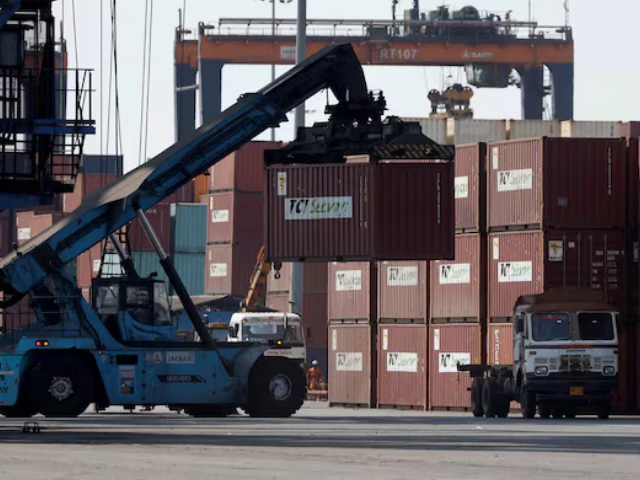After five rounds of negotiations and high hopes, the much-anticipated India-US trade deal has collapsed, leaving New Delhi blindsided by a fresh wave of 25% US tariffs on Indian goods, effective August 1.
Indian officials were confident of a favourable deal, with internal signals hinting at capped tariffs near 15%, and even expected President Donald Trump to announce the agreement himself. But the announcement never came.
Instead, Trump closed high-profile trade deals with Japan, the EU, and even extended better terms to long-time rival Pakistan, while India was hit with harsher tariffs and unspecified penalties over oil imports from Russia.
Interviews with four Indian and two US officials reveal the collapse stemmed from a combination of political miscalculations, communication gaps, and strained diplomacy. Despite near-technical consensus on key points, trust broke down.
Indian negotiators believed they had offered significant concessions—zero tariffs on 40% of US exports, reduced duties on cars and alcohol, and increased US energy and defence imports. They assumed the US would accommodate India’s hesitation on duty-free agriculture and dairy imports—a misjudgment, as Trump demanded more sweeping access.
“A lot of progress was made, but it was never a deal we felt good about,” a White House official said. “We never reached the kind of comprehensive agreement we were aiming for.”
India had aimed to double bilateral trade to $500 billion by 2030, offering up to $25 billion in US energy purchases to bridge its $47 billion trade deficit. But its overconfidence—especially after Trump teased a “big deal”—led to a hardened stance on sensitive sectors.
As the US signed deals with others, India pushed for a 15% tariff cap without matching those concessions. South Korea, by contrast, offered $350 billion in investments and market access to secure that very deal.
According to insiders, a key factor in the collapse was the absence of direct communication between PM Narendra Modi and President Trump. US officials claim such intervention wasn’t necessary, but Indian sources say Modi feared being pressured into a lopsided agreement—especially as Trump’s public remarks about mediating on Kashmir sparked diplomatic unease.
“We lacked the diplomatic push and preparation after the US pivoted to other deals,” a senior Indian official admitted. “We misread the signals—and now we’re in a crisis that could have been avoided.”
Trump has since warned that tariffs on Indian goods could rise “very substantially” within 24 hours unless India scales back Russian oil purchases, which he claimed were “fuelling the war” in Ukraine.
Way Forward
Despite the setback, both sides insist talks aren’t dead. A US delegation is set to visit New Delhi later this month, and Indian officials are now re-examining potential concessions, especially in agriculture and dairy, while considering reduced Russian oil imports in favour of US supplies.
“This can still be a win-win,” said former US trade representative Mark Linscott. “But someone has to pick up the phone. Right now, it’s lose-lose.”




